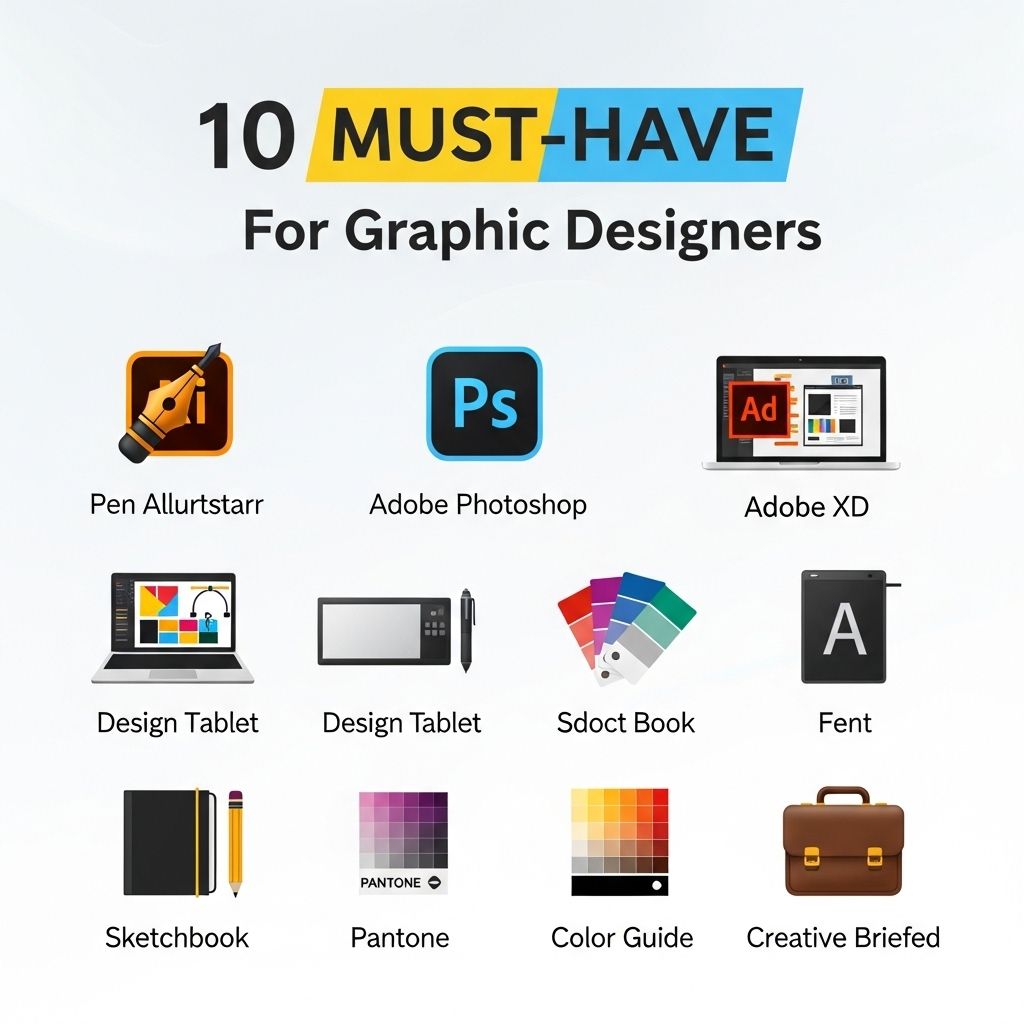A compelling graphic design portfolio can be the key to unlocking new opportunities and landing your dream clients. In a highly competitive field, showcasing your skills effectively is essential. This article will explore innovative portfolio ideas that not only highlight your creativity and expertise but also make a lasting impression on potential clients and employers.
1. Themed Portfolios
One effective way to organize your work is by creating a themed portfolio. By curating your projects around a specific theme, you can tell a cohesive story about your style and approach. Here are some ideas:
- Color Palette: Group your work based on dominant colors.
- Industry Focus: Showcase designs catered to specific industries, like technology, hospitality, or retail.
- Design Type: Separate your pieces by type—branding, print, digital, etc.
Benefits of Themed Portfolios
Themed portfolios offer several advantages:
- They allow for deeper exploration of a concept, style, or industry.
- They can attract a specific type of client looking for a particular aesthetic.
- They demonstrate your versatility and ability to adapt your style to different contexts.
2. Interactive Online Portfolios
With the rise of digital media, having an interactive online portfolio can significantly enhance your visibility and appeal. Here are some features to consider:
- Animation: Use subtle animations to guide visitors through your work.
- Hover Effects: Implement hover effects that reveal additional information about your projects.
- Embedded Videos: Showcase your design process or finished projects through short video clips.
Tips for Creating an Interactive Portfolio
To maximize the effectiveness of your online portfolio:
- Ensure it’s mobile-friendly to reach a broader audience.
- Optimize loading times to prevent users from bouncing away.
- Include clear calls to action, like ‘Get in Touch’ or ‘See My Work’.
3. Case Studies
Rather than simply displaying your finished designs, consider creating in-depth case studies for key projects. This approach provides insight into your design process and the problems you solved. A case study should include:
| Elements | Description |
|---|---|
| Project Brief | A summary of the project’s goals and requirements. |
| Research | Insights into your research process, including user personas and competitive analysis. |
| Concepts | Initial sketches and ideas that led to the final design. |
| Implementation | Details on how you executed the project. |
| Results | Metrics or feedback that demonstrate the project’s success. |
Why Use Case Studies?
Case studies provide a narrative that can engage potential clients on a deeper level. They illustrate your thought process, problem-solving skills, and the impact of your work, which can differentiate you from other designers.
4. Print Portfolios
In an increasingly digital world, a well-crafted print portfolio can stand out and create a memorable experience. Here are some tips for creating a stunning print portfolio:
- Quality Materials: Use high-quality paper and printing techniques to enhance the presentation of your work.
- Unique Formats: Consider formats like hardcover books, brochures, or zines to make your portfolio more engaging.
- Personal Touch: Incorporate handwritten notes or sketches to give it a personal feel.
Advantages of a Print Portfolio
A print portfolio can offer a tactile experience that digital portfolios cannot match. It provides an opportunity for potential clients to interact with your work in a physical space, which can leave a lasting impression.
5. Client Testimonials and Reviews
Incorporating client testimonials into your portfolio can enhance your credibility and provide social proof of your skills. Consider the following strategies:
- Highlight Key Quotes: Use impactful phrases from satisfied clients in prominent areas of your portfolio.
- Video Testimonials: Embed short video clips of clients sharing their experience working with you.
- Case Study Integration: Pair testimonials with case studies for a stronger narrative impact.
Why Testimonials Matter
Testimonials and reviews build trust. They validate your skills and the positive experiences others have had while working with you. This social proof can be the deciding factor for potential clients who are considering hiring you.
Conclusion
Your graphic design portfolio is more than just a collection of your work—it’s a powerful marketing tool that can help you attract the right clients and opportunities. By exploring innovative ideas like themed portfolios, interactive designs, case studies, print formats, and the inclusion of testimonials, you can create a portfolio that truly sells your skills and creativity. Always remember that your portfolio is a reflection of your unique style and personality; make it your own, and let it shine.
FAQ
What are the best graphic design portfolio ideas that sell?
Some effective graphic design portfolio ideas include showcasing a diverse range of projects, using case studies to highlight your process, creating a visually appealing layout, including testimonials from clients, and utilizing mockups to demonstrate your designs in real-life contexts.
How can I make my graphic design portfolio stand out?
To make your graphic design portfolio stand out, focus on a unique personal branding style, curate your best work, present projects with compelling narratives, and ensure your website is user-friendly and responsive.
Should I include personal projects in my graphic design portfolio?
Yes, including personal projects in your portfolio can showcase your creativity and passion for design, as well as demonstrate your skills outside of client work.
How many pieces should I include in my graphic design portfolio?
Aim for 10 to 15 strong pieces in your graphic design portfolio. This number allows you to showcase your best work without overwhelming potential clients.
What is the importance of case studies in a graphic design portfolio?
Case studies are important as they provide insight into your design process, problem-solving skills, and the results of your work, helping potential clients understand your value.
How often should I update my graphic design portfolio?
You should update your graphic design portfolio regularly, ideally every few months or whenever you complete a significant project, to keep it fresh and reflective of your current skills.




